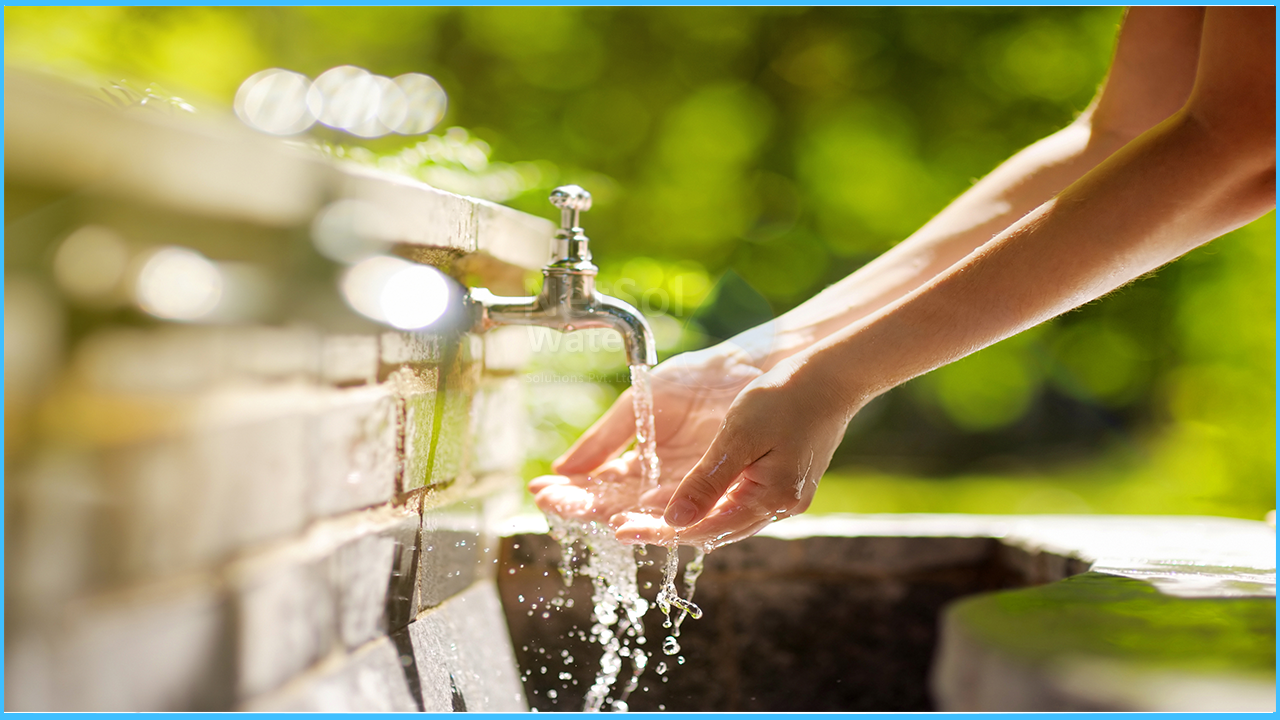Various drinking water purification systems
Unwanted chemical compounds, organic and inorganic elements, and biological pollutants are removed from water during purification. Distillation (the conversion of a liquid into vapor in order to condense it back to liquid form) and deionization are also part of this process (ion removal through the extraction of dissolved salts). Water purification serves several purposes, one of which is to produce safe drinking water. Water purification also serves the requirements for clean and potable water in medical, pharmaceutical, chemical, and industrial uses. Contaminants such as suspended particles, parasites, bacteria, algae, viruses, and fungi are reduced during the purification process.
Government authorities often set the quality to which water must be filtered in modern times. Government regulations often specify maximum amounts of dangerous contaminants that can be allowed in safe water, whether they are set locally, nationally, or internationally. Multiple procedures, including as physical, chemical, or biological tests, have been devised to analyze contamination levels because it is practically impossible to examine water solely on the basis of sight.Chloride, copper, manganese, sulphates, and zinc levels, as well as microbiological pathogens, radioactive materials, dissolved and suspended particles, pH, odor, color, and taste, are some of the usual parameters examined to assess water quality and contamination levels.
Here are some common types of water filtration system
1.SEDIMENT FILTERATION
Sediment filtration is the most frequent and simplest water filtration method, and it's utilized in homes, businesses, and industries all over the world.It is effective at removing sediments in water such as rust, sand, dust, silt, heavy metals, and other big particles.A sediment filter is often made of melt blown polypropylene (PP) or pleated polyester (washable) and has a micron rating of 1 to 100 microns.
2.ACTIVATED CARBON BLOCKS (ACB)
The Activated Carbon Block is made up of fine carbon powder that is held together by a binding agent and remains static. It removes chlorine taste and odor, chemicals, and other pollutants from water very well.In addition, the Activated Carbon Block reduces pollutants in water such as lead, volatile organic compounds (VOCs), and tiny cysts.The high porosity powder form has a higher surface area, allowing it to adsorb more pollutants in water while also preventing water channeling.Because to the small hole size, it has a great resistance to bacterial growth.
3.REVERSE OSMOSIS (RO) FILTRATION
Reverse Osmosis is a filtration technology that utilizes a semipermeable membrane (or called RO membrane) to separate inorganic contaminants from water and produce the cleanest drinking water.It’s capable to remove the majority of contaminants (up to 99%, including minerals) from water except for most soluble volatile organic compounds (VOCs), some pesticides, solvents, and chlorine.
4.GRANULAR ACTIVATED CARBON (GAC)
Granular Activated Carbon performs the same purpose as activated carbon blocks in terms of removing chlorine odor and taste.When compared to carbon block, Granular Activated Carbon has loose carbon granules that are larger than carbon block powder, resulting in weaker pollutants adsorption but a higher water filtration rate.It can be used as a pre-filter to protect the carbon block filter from larger particles while also increasing the amount of chlorine taste and odor, chemicals, and other impurities removed from your tap water.
5. THE DISTILLATION PROCESS
Distillation is a method of purifying water that has been used for a long time.Although it is not as well-known or extensively used as the activated carbon and reverse osmosis filters, it does a good job of cleaning water.The water distiller evaporated the water by heating it to boiling temperature with electrical energy. The steam is then caught and condensed into liquid form, resulting in pure distilled water.The pollutants in water, including vital minerals, are left behind throughout the vaporizing and condensing process and are later eliminated.
6. ION EXCHANGE(IX)
Ion exchange is the process of removing unwanted dissolved ions from water and replacing them with ions from the ion-exchange resin that have the same electrical charge. When water passes through the IX vessel with specific resin in batch or continuous mode, a chemical reaction occurs.The cation exchange process (for positively charged ions) and the anion exchange process (for negatively charged ions) are the two types of ion-exchange processes. The two ion-exchange techniques are commonly employed in water treatment for objectives such as water softening and deionization, as well as demineralization, acid absorption, and metal removal.
7.UV (ULTRAVIOLET) DISINFECTION
It is a type of disinfection that uses ultraviolet light to kill bacteria.UV technology is commonly used in water treatment to eliminate microorganisms such as viruses, Cryptosporidium, protozoa, Cysts,e.coli, Coliforms, Typhoid fever, Giardia, Hepatitis, and bacteria found in private wells, lakes, streams, and rainwater.For municipally treated water, it can also be used to combat chlorine-resistant pathogens like Cryptosporidium.The ultraviolet lamp's UV beam damages and destroys 99.99 percent of microbiological pollutants in water that could cause illness, providing you piece of mind when drinking your daily water.
8. ULTRAFILTRATION (UF)
Ultrafiltration (UF) uses hydrostatic pressure to drive water through a submicron semipermeable UF membrane (often built from 0.01 to 0.5 micron hollow fiber)to filter out the majority of pollutants in water.The UF membrane with a small micron rating (0.01 to 0.02 microns) may also remove microscopic pollutants such as parasites, germs, and viruses while still keeping vital minerals.Because the UF membrane cannot filter out dissolved solids in water, it can only be used to treat water with a low total dissolved solids concentration (TDS).




